Hey Economists—Is the CRE Future Bright?
The Urban Land Institute surveyed 49 top analysts in its latest forecast, while three CRE panelists sounded off on the subject in a webinar yesterday.
By Scott Baltic, Contributing Editor
The latest three-year economic forecast from the Urban Land Institute’s Center for Capital Markets and Real Estate, released Wednesday, calls for the CRE market to “continue expanding at healthy and fairly steady levels for 2015 through 2017.” And in a lively accompanying webinar on Wednesday morning, three industry experts fleshed out some of the areas explored by the forecast.
This latest semi-annual ULI Real Estate Consensus Forecast, the eighth, was based on a survey of 49 of the industry’s top economists and analysts, representing 36 of the nation’s leading real estate investment, advisory, and research firms and organizations.
ULI described this forecast as “slightly less bullish” than its spring 2015 predecessor, but noted that it nonetheless predicts three more years of favorable real estate conditions. With a few exceptions, real estate indicators are expected to be better than their 20-year averages this year. The exceptions are commercial property price growth, equity REIT returns, NCREIF returns for the four major property types and retail availability rates.
The Consensus Forecast
Among the forecast’s key findings:
- CRE transaction volume is expected to increase for a further two years and then level off around $500 billion by 2017.
- Commercial real estate prices are projected to rise by 10.0 percent in 2015 and then slow to a 6.0 percent increase in 2016 and 4.5 percent growth in 2017, below the long-term average growth rate.
- Institutional real estate assets are expected to provide total returns of 11.7 percent this year, moderating to 9.0 percent in 2016 and 7.0 percent in 2017. Returns are expected to be strongest for industrial and retail, followed by office and multifamily, over that period.
- Vacancy rates are projected to continue to decrease modestly for office and retail over the next three years. Industrial availability rates and hotel occupancy rate are forecast to improve somewhat in 2015 and then level off in 2016 and 2017. Apartment vacancy rates are also expected to decline slightly in 2015, but then rise slightly in 2016 and 2017.
- Commercial property rents are expected to increase for the four major property types in 2015, ranging from 2.0 percent for retail up to 4.6 percent for apartments and 4.9 percent for industrial. Hotel RevPAR is expected to increase by 7.9 percent in 2015 and 4.2 percent in 2017.
- In the capital markets, CRE transaction volume is expected to remain stable at around $500 billion per year. CMBS issuance is expected to continue to grow steadily through 2017, with projected increases to $110 billion in 2015, $130 billion in 2016 and $140 billion in 2017.
A wide-ranging webinar
Moderated by Anita Kramer, senior vice president at the ULI Center for Capital Markets and Real Estate, and Lee Menifee, managing director and head of Americas Research at Prudential Real Estate Investors, the webinar featured a panel of three CRE experts: Margaret Harbaugh, vice president at Morgan Stanley Real Estate Investing; Steven Laposa, principal, Global Real Estate Knowledge Center, Alvarez & Marsal; and Andy McCulloch, managing director, Real Estate Research & Analytics, Green Street Advisors.
Asked about the outlook for various CRE property types, the panelists focused mostly on the hot multifamily sector.
Multifamily has defied expectations for two to three years so far, Harbaugh said, but added that she expects ongoing strength there. Apartment living is attractive to both Boomers and Millennials, neither of which generations typically has many kids, she said, adding that the homeownership rate has declined to a level last seen in 1967.
McCulloch, too, is still bullish on multifamily, commenting “We’re just creating a lot more households than housing units.” He also likes that the sector is uncluttered by extraneous factors like Airbnb (in hospitality) and e-commerce (in retail).
Laposa cautioned that Alvarez & Marsal has been approached by private equity interests regarding possible vulture funds scouting for apartments in about two years’ time.
He was guarded also about retail, where, he said, too many tenants are restructuring or going to smaller spaces.
A question from a webinar listener turned the panel’s attention to downtown versus suburban office.
There’s been a strong renaissance in most downtown markets, said Laposa, and if gas ever gets to $5 a gallon…
Harbaugh agreed that downtown office markets are stronger (with the possible exception of walkable, transit-oriented suburban office developments) and provided some historical context. Since 2000, there’s been structurally higher demand for CBD office space, she said, such that vacancy rates for the two categories have diverged more widely since then.
On the retail side, the panelists agreed that it’s hard to generalize. “There’s a lot of different parts to retail,” McCulloch said. “In retail, it’s very nuanced.” He’s bullish on Class A regional malls, but not so much on Class B, and believes that strip retail is generally improving.
Harbaugh agrees regarding that quality divergence and in addition likes high-street retail in major cities and grocery-anchored centers. She noted that the relative dearth of first-time homebuyers (and second-time buyers moving up) seems to be one of the factors holding retail back.
Laposa said he has worked with e-retailers that want to establish a bricks-and-mortar presence and commented that their location decisions are driven by very detailed customer information.
Menifee’s next question related to any warning signs of the next bubble.
Laposa expressed some concern about multifamily, though not on a nationwide basis. On the retail side, he mused, are there too many banks? Too many urgent-care centers?
CRE investors need to underwrite the possibility of a tech hiccup or shakeout, potential issues around the Fed and/or the next presidential administration, and concerns about China, and possibly Europe, said Harbaugh.
In the corporate bond market, “yields have gapped out pretty materially,” with some issuances being pulled, McCulloch said, and there are some negative signs from the REIT market. “The signals we’re getting today are pretty bearish.”
For his final question, Menifee asked, “Where do you put your money today?”
Manufactured housing communities, which are being driven by good demographics, was McCulloch’s answer.
“Office!” said Harbaugh, while Laposa, despite his misgivings, voted for multifamily, saying, “We all need a place to live.”
The exchange brought a closing laugh from Menifee, who commented: “We have a consensus forecast and no consensus among our panelists!”

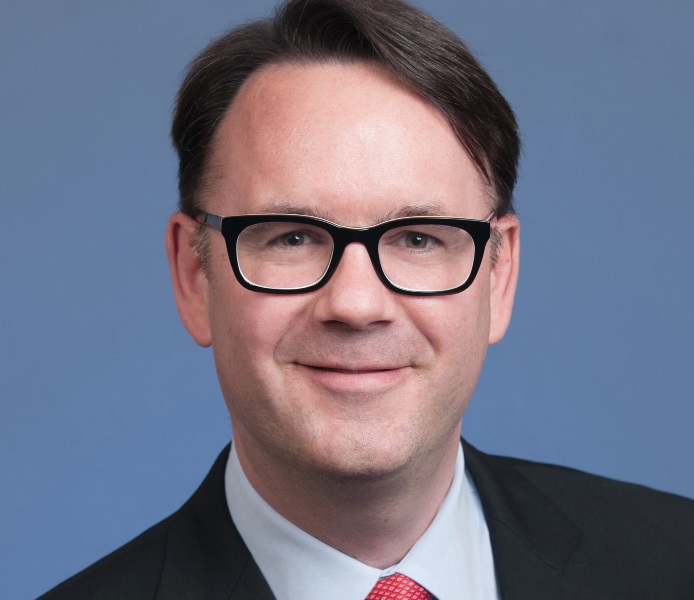
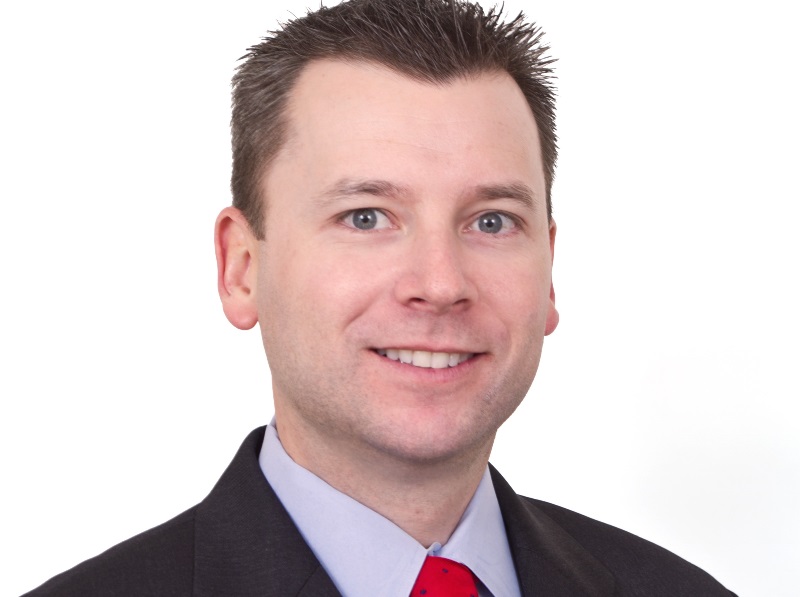
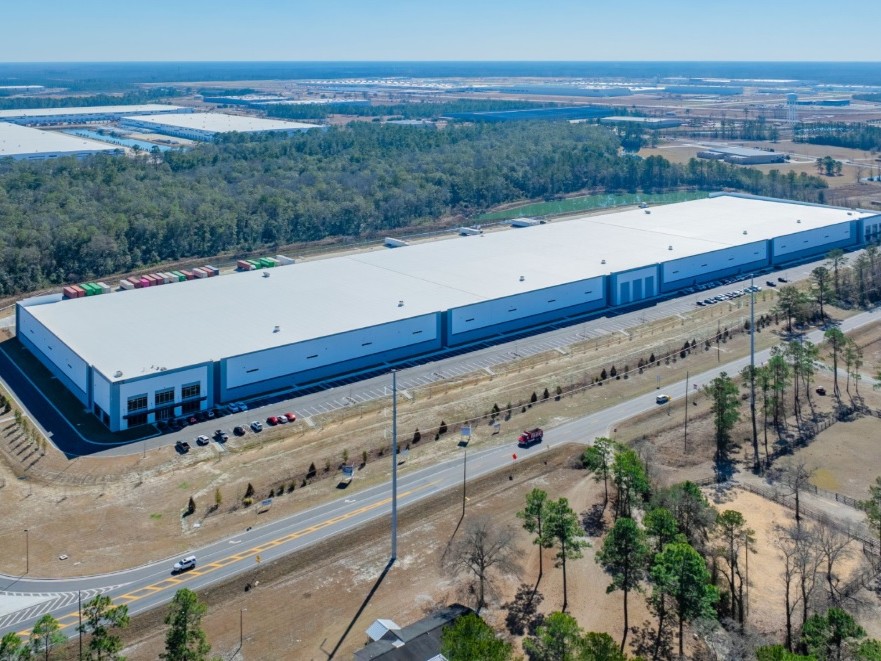
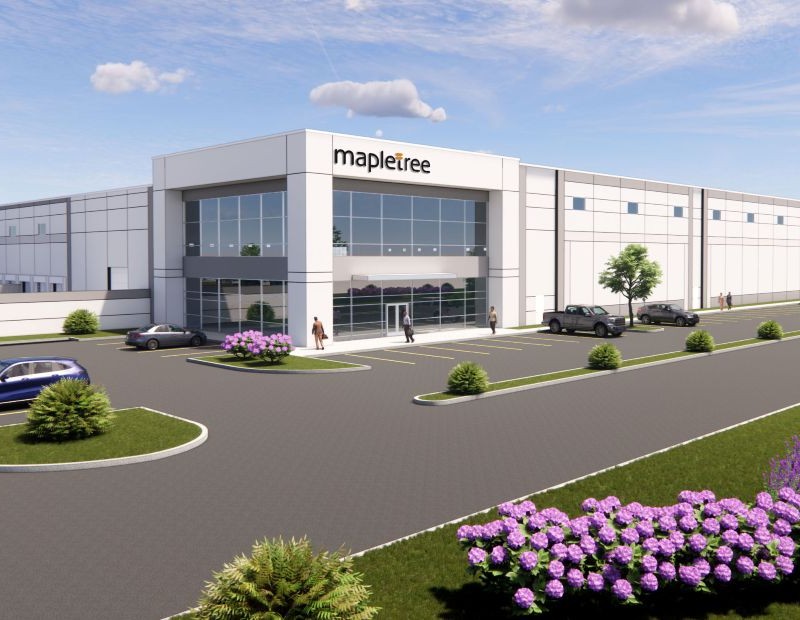
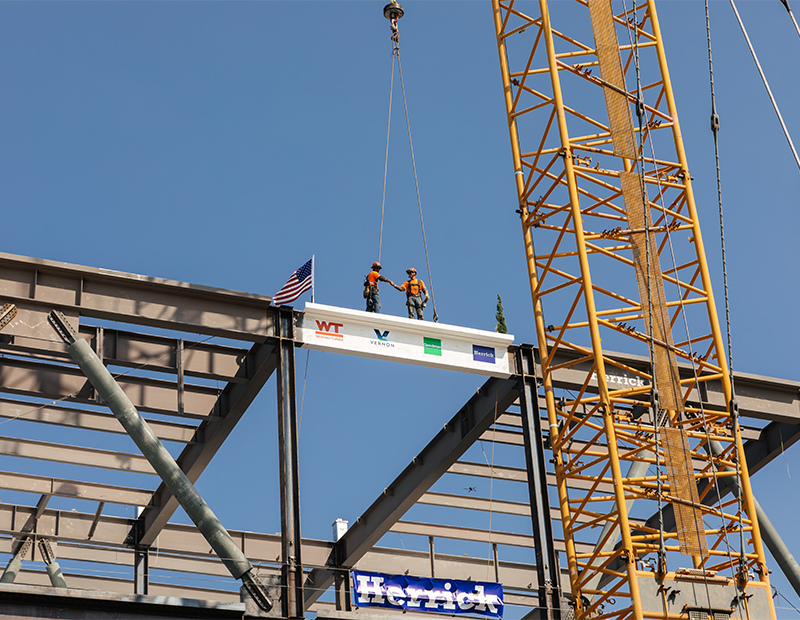
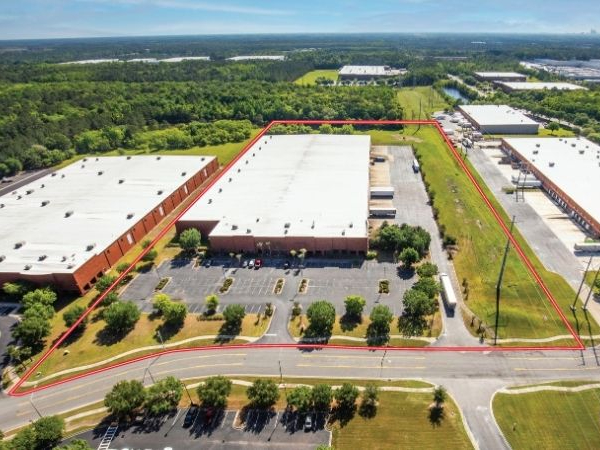

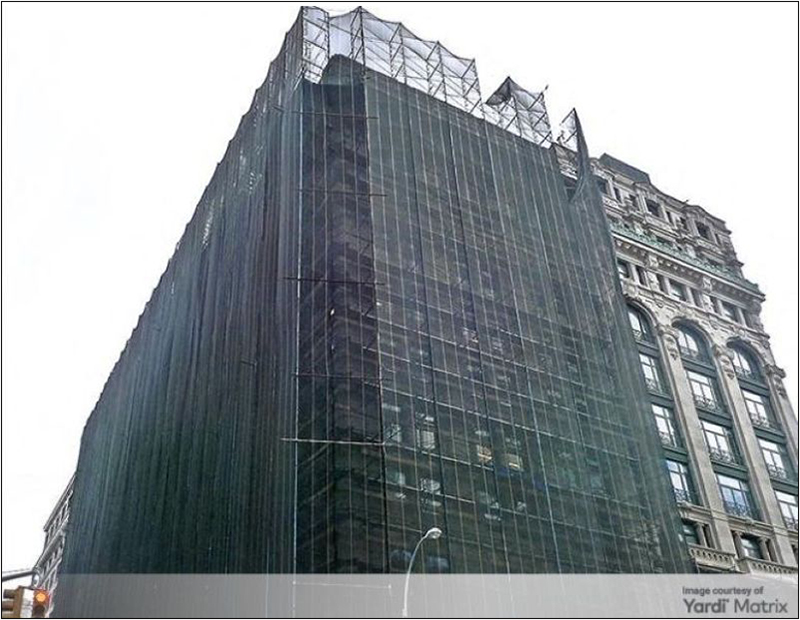
You must be logged in to post a comment.